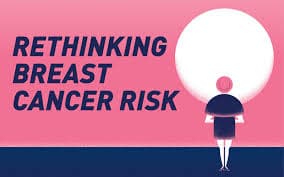- Reducing Breast Cancer Risk Part 1 of 2
- Reducing Breast Cancer Risk Part 2 of 2

Reducing the Risk of Breast Cancer Part 1 of 2
A Protective Diet is:
Low fat – down to 20% of calories from fat. Monosaturates such as oleic acid in canola and olive oils are protective. Omega 3 fatty acids, found in wild salmon, tuna, halibut, mackerel, sardines, herring, nuts and seeds, are protective.
Low Glycemic – especially vital if you are sedentary, overweight, or have been on hormone replacement therapy. Reduces risk by about 22% by controlling insulin and insulin-like growth factors like IGF-1, which is a potent amplifier of estrogen receptors.
Including beans and lentils twice weekly – In general, vegan or plant-based diets are the lowest risk. Any animal foods should be free of herbicides, pesticides, hormones, and drugs. Red meats finished with grains – usually corn silage – are pro-inflammatory and high in IGF-1, while grass or pasture fed animals are safer due to a more favorable omega-3 to omega-6 fat ratio.
Including dietary phytoestrogens such as soy foods – These modulate estrogen receptors. The target is at least 40 mg. daily isoflavones from foods such as miso, tofu, and soy milk from organic non-GMO sources.
A Protective Lifestyle includes:
Regular Physical Exercise: at least 30 minutes of aerobic exercise three times a week. The ideal to work up to is 60 minutes up to five times a week. Aerobic exercise increases circulation and controls blood sugar, which in turn controls insulin and insulin-like growth factors.
Sunshine and Vitamin D: Many people are showing up with vitamin D deficiency, particularly in the winter, because of avoiding sun exposure and using sunscreens to reduce the risk of skin cancers. In the winter, take at least 2000 IU of vitamin D3 daily. Even better is D3 with the MK-7 form of vitamin K2, 120-360 mcg. daily. Vitamin D3 helps absorb and retain calcium, while K2 drives it into the bones where it belongs. With this micro-nutrient combination, calcium supplements are not needed.
Terry Pfau DO, HMD
